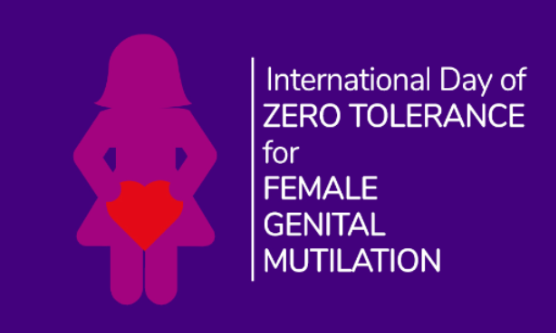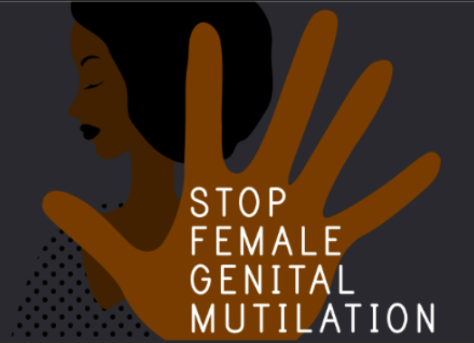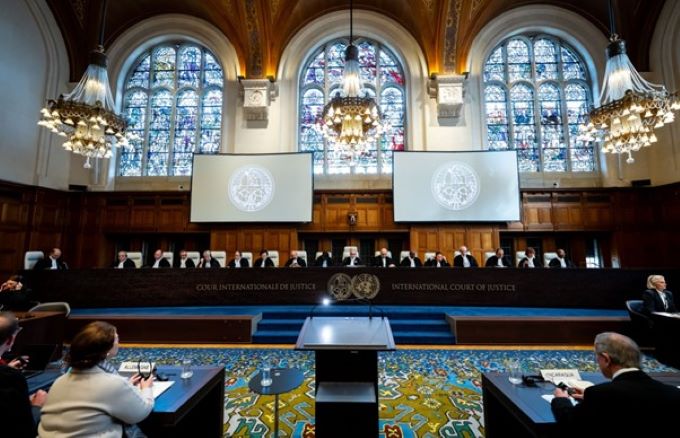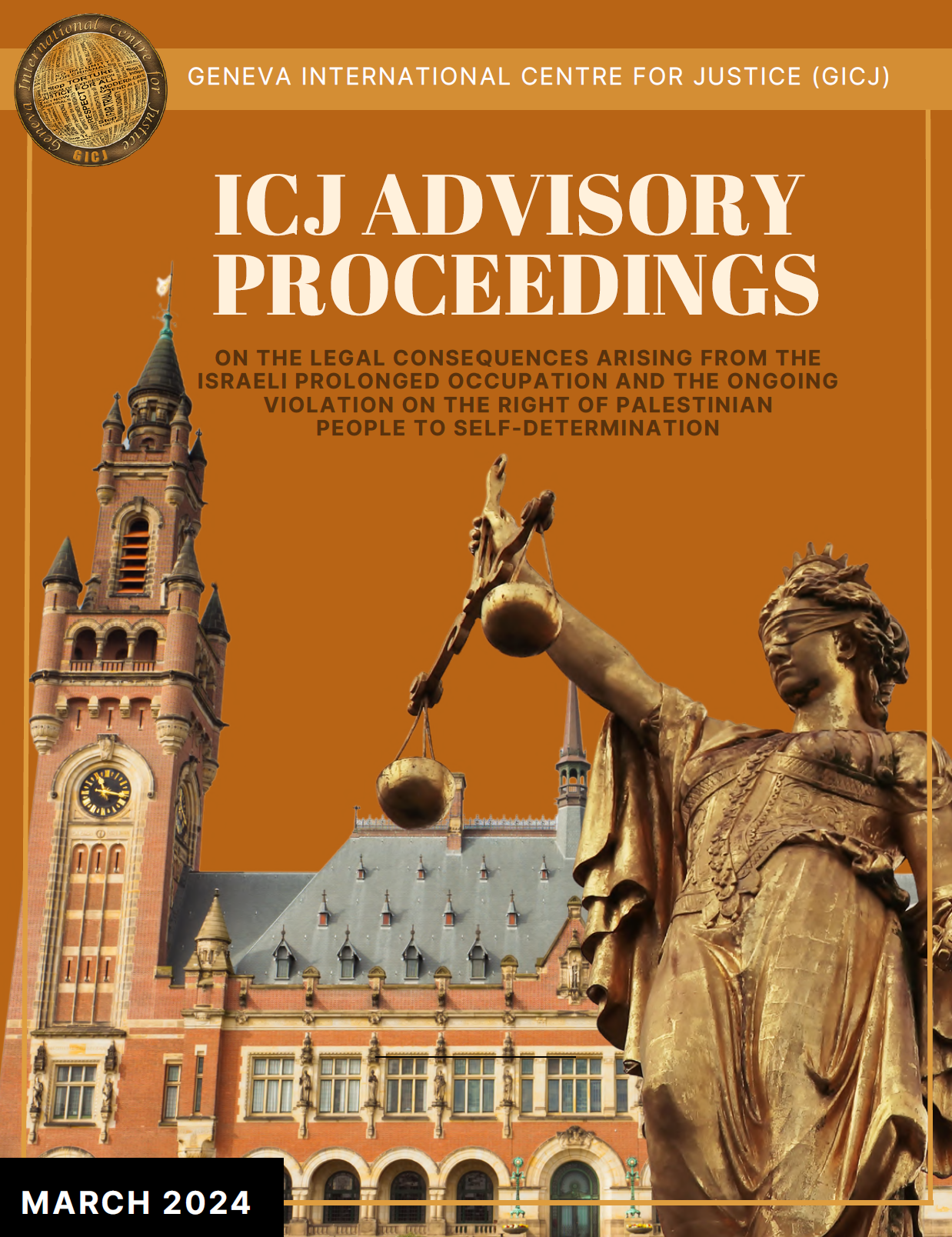
By Juanita Beltran / GICJ
Female Genital Mutilation
FGM is a cultural practice that involves partial or total removal of the female external genitalia for non-medical reasons. FGM is recognized as a violation of human rights by the United Nations, It is a dangerous and painful procedure that has long-lasting physical, psychological, and social consequences for girls and women. There are different procedures that involve injuring the female genitalia.
There are four major types:
Clitoridectomy: partial or total removal of the clitoris (a small, sensitive and erectile part of the female genitals) and, in very rare cases, only the prepuce..
Excision: partial or total removal of the clitoris and the labia minora, with or without excision of the labia majora.).
Infibulation: narrowing of the vaginal opening through the creation of a covering seal. The seal is formed by cutting and repositioning the inner, or outer, labia, with or without removal of the clitoris.
Other: all other harmful procedures to the female genitalia for non-medical purposes. For example: piercing.
Cultural factors have a strong influence on the practice of FGM. Many countries associate the practice with cultural ideals of femininity, which include the notion that after removing body parts that are considered “unclean”, “unfeminine” or “male”, girls are “clean” and “beautiful”l. Often this practice is motivated by beliefs about what is considered as acceptable sexual behavior, aiming to preserve premarital virginity and marital fidelity. Furthermore, in areas that still practice FGM is thought that by doing this practice marriageability can increase.
The practice of FMG is prevalent in many countries, particularly in Africa and the Middle East. It is estimated that over 200 million girls and women alive today have undergone FGM. In some countries, up to 90% of women and girls are subjected to this practice, and it is often performed on girls between infancy and teenage age (15 years). Among the highest percentages of girls and women aged 15-49 years who have undergone FGM Somalia, Guinea, Djibouti, Sierra Leone, Mali, Egypt, Sudan, Eritrea, Burkina Faso, Gambia, Ethiopia, Mauritania, Liberia, and Guinea-Bissau are the largest.
Most of the time the practice is implemented by traditional circumcisers and not by qualified medical personnel. This endangers even more the life of young girls after the mutilations, since they can be prone to infections, urinary problems, wound healing problems, and even death. Consequently, the cost of FGM in countries where is still practiced can rise up to 1.4 billion USD per year. Unfortunately, in those countries medical health care does not cover in most cases the most basic needs. For instance, in Somalia just around 39% of the population have access to at least basic sanitation services and about 2.19% of the population with household spending on health is greater than 25% of the total household budget.
Long-term complications of FGM involve from painful menstruations and sexual problems to newborn deaths.
There has been an overall declining trend over the last three decades. Yet not all countries have made progress and the pace of decline has been uneven.
The International Day of Zero Tolerance for Female Genital Mutilation is an opportunity for communities, governments, and international organizations to raise awareness about the devastating consequences of this practice and to promote the rights of girls and women. This day also serves to promote education, healthcare, and empowerment initiatives aimed at ending FGM.
Efforts to eliminate FGM have been underway for many years, with significant progress being made in some countries. Several countries have introduced laws and policies that prohibit the practice, and some have established healthcare and legal support services for survivors. International organizations such as the World Health Organization (WHO), UNFPA, and UNICEF have also been working to prevent FGM and support survivors.
However, much work remains to be done. In many countries, FGM is still widely practiced, and many girls and women are at risk of undergoing this dangerous procedure. To end FGM, it is crucial that communities and governments work together to address the root causes of this practice, including gender inequality, poverty, and lack of education.

Prevention
Some evidence has suggested that legislation against FGM works more effectively when there is political will to abolish this practice. Therefore, when locally appropriate enforcement mechanisms are present, it allows for the community to be targeted, further, for sufficient resources to be implemented and sensibilization is possible to eradicate this practice. However, the introduction of legislation alone it is not as effective in changing attitudes toward FGM.
In order to eradicate the practice, it is necessary to enforce mechanisms that promote knowledge, attitudes and norms driving FGM. Another important factor to address is the influence of behavior in the prevalence of FGM. Some studies show that community engagement approaches that seek to empower the community members have been effective in changing attitudes toward FGM, and even in changing behaviors in some cases. Approaches looking to generate interventions where measures are fully tailored to the needs of the community can yield positive results.
Other approaches that can help to combat FGM are awareness-raising campaigns. Social media/marketing efforts are effective in changing beliefs and norms toward reducing the practice of FGM. However, they should be accompanied by advocacy and awareness-raising efforts that take a multisectoral approach in order for this to be sustained in time. We must remember FGM has been present over generations. Therefore, for it to be reduced and even eradicated, efforts must be made to target all generations. It was shown that religious and cultural leaders can effectively pass on messages to the community, especially when the willingness for change is present. They can effectively act as vessels to question and oppose the practice in public.
UN action
The international community has been acting to reduce and eventually eradicate FGM. Several programs and plans have been put in place as measures of prevention. For instance, the UN Joint Program on Female Genital Mutilation/Cutting was launched in 2008 and aims to accelerate progress towards ending FGM by raising awareness, engaging communities, and providing support for ending the practice. Another example is seen in the Sustainable Development Goals (SDGs). FGM has been included as a target under Goal 5 on Gender Equality in the SDGs. The goal aims to end the practice by 2030. Additionally, the UN Voluntary Trust Fund for Victims of Trafficking in Persons was launched in 2010 and provides financial and technical assistance to support efforts to eliminate FGM. The Fund helps organisations working on the ground to prevent FGM, protect girls and women and provide support to survivors.
In conclusion, the International Day of Zero Tolerance for Female Genital Mutilation serves as an important reminder of the ongoing struggle to end this harmful practice and to promote the rights of girls and women. By working together, we can create a world where all girls and women are free from UN General Assembly resolution: This resolution, adopted in 2012, reaffirms the commitment of UN Member States to eliminate FGM and calls for increased efforts to prevent and protect girls and women from the harmful practice.
Geneva International Center for Justice (GICJ) strongly condemns the practice of FGM as it violates the rights of women and girls and puts them at risk, especially in high prevalence countries. We call on the international community to keep raising awareness on this issue. GICJ calls on high prevalence states where this practice is still legal to ban FGM and reinforce the judicial framework forpeople that still enable FGM. Finally, GICJ encourages high prevalence countries to raise the advocacy efforts, health policies and other intervention mechanisms within the communities to eventually ban this practice.
GICJ , Geneva_International_Centre_for_Justice, Geneva, FGM, Female Genital Mutilation, 6th of February, International_Day, Geneva4Justice
References:












